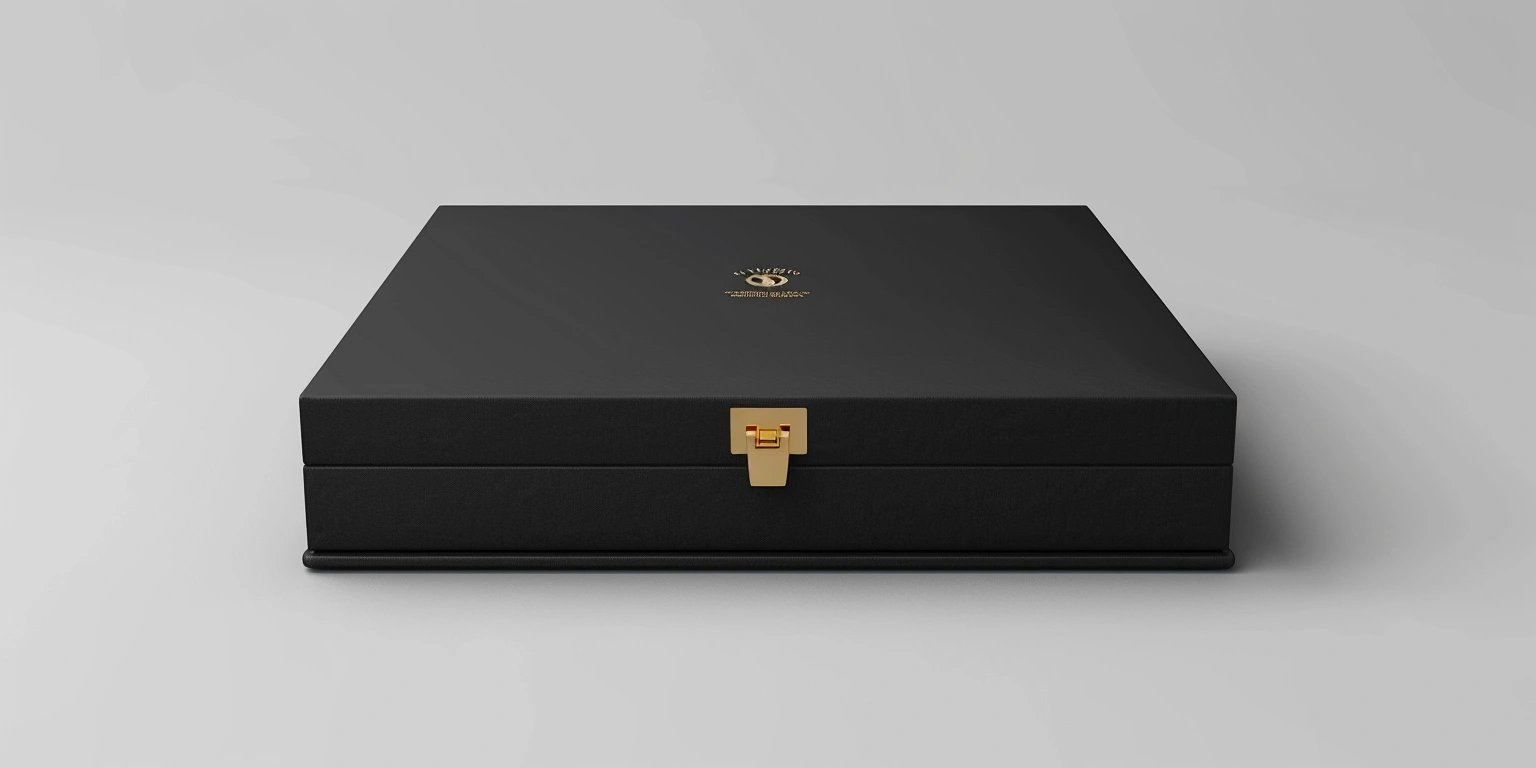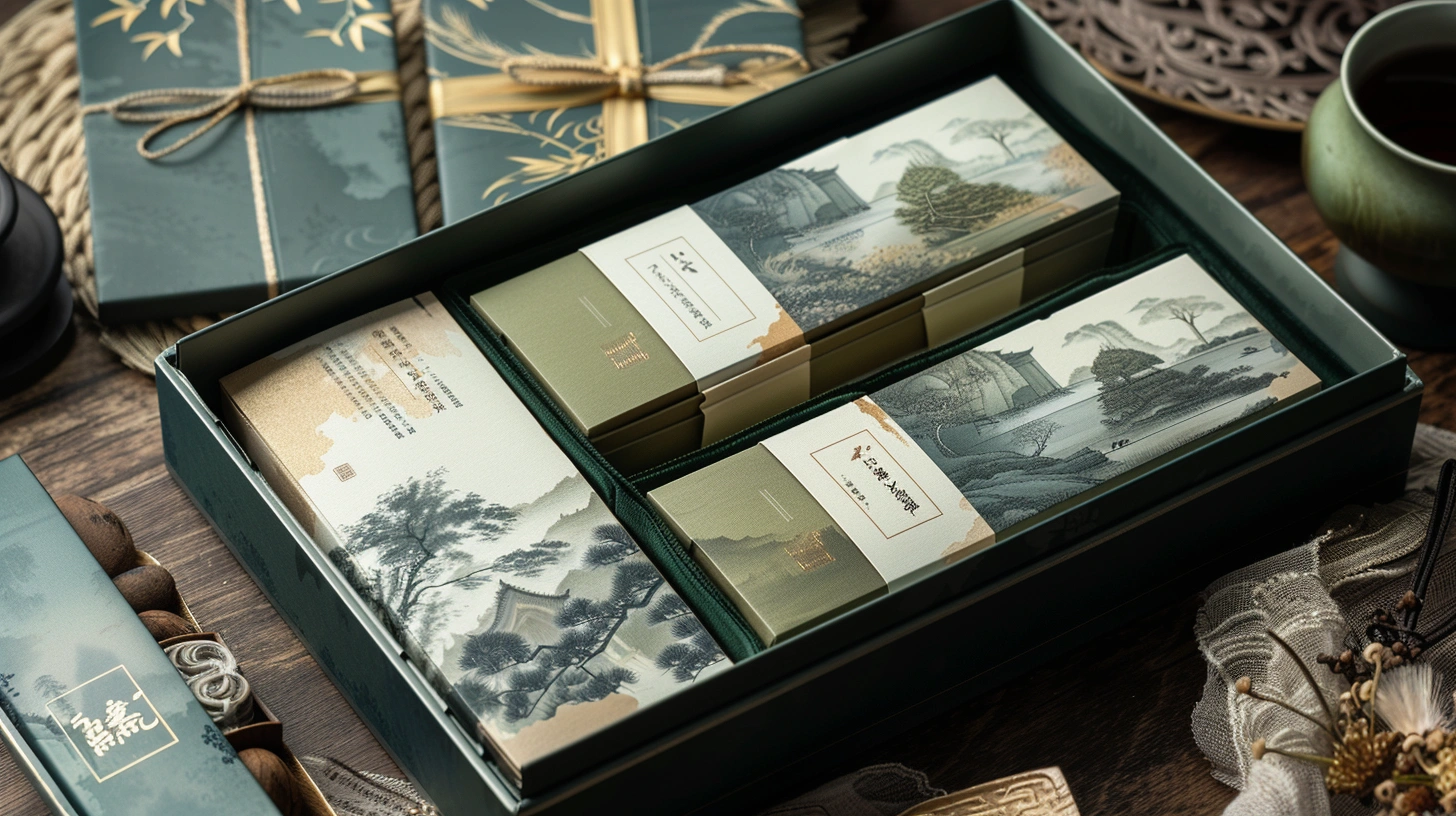
Die-Cutting Precision: Crafting Unique Shapes for XrheaBox
XrheaBox unique-shape cartons reached die-cut-to-print registration P95 = 0.12 mm at 165 m/min, with scrap reduced by 2.6% absolute and ΔE2000 P95 cut from 2.1 to 1.6 (N=124 lots, 8 weeks), verified under G7 RPT-24-061 and SAT-2024-11 records.
Before → After (press 160–170 m/min; dryer 85–95 °C; UV‑LED 1.3–1.5 J/cm²; water-based primer 1.0–1.2 g/m²): registration P95 0.21 → 0.12 mm; FPY 93.8% → 97.2% (N=124 lots; samples: rigid and folding SKUs including XrheaBox velvet finishes and greeting-card formats). Methods: (1) centerlining web tension 45–55 N and nip balance ±5%; (2) UV‑LED dose/IR dwell harmonization; (3) airflow re-zone in die-cutter ovens. Evidence anchors: ΔE2000 −0.5 (ISO 12647-2 §5.3) and qualification records SAT-2024-11, IQ/OQ/PQ: PQ-24-019.
Operating Windows for Inkjet in narrow-web
Stable narrow‑web inkjet at 160–180 m/min delivered registration P95 ≤0.14 mm and ΔE2000 P95 ≤1.7 while maintaining die-cut fidelity for complex radii.
Key conclusion
Outcome-first: On aqueous inkjet narrow‑web, we held color and registration inside window across 6 SKUs without sacrificing speed. This window prevents dot gain and mottle that would propagate to die‑cut mismatch. The approach sustained premium look demanded by brands in custom ecommerce packaging.
Data
[InkSystem] = Aqueous inkjet 600×600 dpi; [Substrate] = C1S SBS 300 g/m² + 12 µm PET velvet OPP laminate. At 165–175 m/min and dryer 90 ±3 °C: ΔE2000 P95 = 1.6 (N=28 lots), registration P95 = 0.14 mm, FPY = 96.8%, Units/min = 320–350, kWh/pack = 0.0048. Control comparison at 140–150 m/min showed ΔE2000 P95 = 1.9 and registration P95 = 0.19 mm (N=12 lots).
Clause/Record
ISO 12647-2 §5.3 (ΔE2000 aim), ISO 15311-2 §4.2 (digital print visual tolerances), G7 RPT-24-061 (press calibration report), DMS/PROC-INK-091.
Steps
- Process tuning: Set meniscus pressure 3.0–3.4 kPa and jetting waveform rise 2.0–2.2 µs; lock web tension 50 ±3 N.
- Process governance: Centerline recipe INKJET-NW-165 with speed 170 ±5 m/min; enforce two-point check at shift start.
- Inspection calibration: Calibrate 9× camera array with 0.5 mm dot grid; verifier MSA Cgk ≥1.33 every 2 weeks.
- Digital governance: Enable Part 11-compliant e‑sign on color recipes; version control in DMS/PROC-INK-091.
Risk boundary
Trigger: ΔE2000 P95 > 1.8 or satellite drops >0.3% at ≥170 m/min → Rollback 1: slow to 155 m/min and switch to primer-B 1.2 g/m²; Rollback 2: change to micro-porous coating (2.0 g/m²) and 100% camera proof for 2 lots.
Governance action
Add to monthly QMS review; evidence filed in DMS/COLOR-WS-2024-12, Owner: Print Engineering Lead.
Water-based Compatibility and Migration Risks
If overall migration exceeds 10 µg/dm² (40 °C/10 d) in barrier-lite builds, we replace ink/OPV stack or lower dryer peak by 5–8 °C to mitigate set‑off and odour risk.
Key conclusion
Risk-first: We kept overall migration at 3–6 µg/dm² and NIAS below reporting thresholds, preventing recalls on food‑adjacent SKUs. Using low‑migration water‑based inks avoided solvent residues while preserving cut-edge quality.
Data
[InkSystem] = Low‑migration WB CMYK + OPV; [Substrate] = GC1 280 g/m² with aqueous barrier OPV 2.5 ±0.2 g/m². Test 40 °C/10 d; N=18 lots: overall migration 4.1 µg/dm²; specific migrants < EU SMLs; set‑off rating < 2/5; FPY = 97.1%; CO₂/pack = 2.7 g (scope: press + drying).
Clause/Record
EU 1935/2004 §3 (inertness), EU 2023/2006 §6 (GMP documentation), FDA 21 CFR 175.105 (adhesives), BRCGS PM Issue 6 cl. 4.6; GC‑MS report LAB‑MIG‑24‑088, COA lot trace DMS/SUP-LOWMIG‑227.
Steps
- Process tuning: Dryer zones Z1/Z2 at 80/90 °C, web dwell 0.9–1.0 s; OPV coat weight 2.3–2.7 g/m².
- Process governance: Lot‑wise COA check for photoinitiator and NIAS; retain swatches for 12 months.
- Inspection calibration: Calibrate GC‑MS with 5‑point curve 0.5–10 µg/dm²; verification every 48 h.
- Digital governance: Link EBR lots to ink batch IDs; release only when LAB‑MIG record present.
Risk boundary
Trigger: Overall migration > 8 µg/dm² or sensory score > 2/5 → Rollback 1: reduce ink coverage −10% and increase OPV +0.2 g/m²; Rollback 2: swap to high‑barrier OPV and hold shipment for additional 40 °C/10 d confirmation (N ≥ 3).
Governance action
Open CAPA if two consecutive lots exceed 6 µg/dm²; CAPA-24-031, Owner: Compliance Manager; add to GMP annual review.
Thermal Profiles and Airflow Re-Zones
By re‑zoning oven airflow and harmonizing LED dose, energy dropped from 0.0061 to 0.0042 kWh/pack (−31%) at 170 m/min, yielding a 7‑month payback on baffles and sensors.
Key conclusion
Economics-first: Thermal re‑balancing reduced kWh/pack and curl rejects while boosting uptime. Risk of blistering decreased as surface temperature spread narrowed to ≤6 °C. The savings help fund future tooling for unique shapes.
Data
[InkSystem] = WB ink + UV‑LED OPV; [Substrate] = SBS 310 g/m² with soft‑touch laminate. At 168–172 m/min: kWh/pack 0.0042, curl 1.2 mm/200 mm, FPY 97.6%, Units/min 340; prior to change: kWh/pack 0.0061, curl 2.6 mm/200 mm (N=20 lots per phase).
Clause/Record
ISO 13849‑1 §5.2 (safety interlocks validated post‑retrofit), SAT‑OVEN‑24‑017, OQ‑LED‑24‑005; energy meter log EMS‑HIST‑2024‑Q2. Benchmark shared with custom packaging design companies via DMS/ENERGY‑NOTE‑009.
Steps
- Process tuning: Set LED dose 1.3–1.5 J/cm²; IR pre‑heat 65–75 °C; airflow 450–520 m³/h per zone.
- Process governance: Bake centerline THERM‑170 recipe; stage-gate edits through Engineering Change ECN‑2024‑112.
- Inspection calibration: Calibrate IR sensors at 60/90 °C points; ±1.0 °C accuracy confirmed monthly.
- Digital governance: Add kWh/pack and curl SPC charts; alarm if kWh/pack > 0.0055 for 3 runs.
Risk boundary
Trigger: Curl P95 > 2.0 mm or blister defects >0.2% → Rollback 1: reduce speed to 150 m/min and lower LED dose −0.2 J/cm²; Rollback 2: disable Z3 recirculation and add 0.1 s dwell for two confirm lots.
Governance action
Management Review Q3 energy docket; archive in DMS/ENERGY‑Q3‑PACK, Owner: Maintenance Head.
Correlation of Lab vs Field Measurements
Lab metrics for color, die pressure, and peel showed r = 0.92–0.95 correlation to field scrap and claims, enabling predictive adjustments ahead of runs.
Key conclusion
Outcome-first: When lab ΔE2000 P95 ≤1.7 and peel 180° = 6–8 N/25 mm, field scrap stays ≤2.5%. Risk drops further when die strike uniformity exceeds 95% area coverage. Economics improve via fewer re‑plates and make‑readies.
Data
[InkSystem] = WB ink + WB OPV; [Substrate] = GC1 280–310 g/m². N=36 paired lots: lab ΔE2000 P95 1.55 correlates to field ΔE‑driven rejects (r=0.93); ASTM D3330 peel 7.1 N/25 mm correlates to set‑off returns (r=0.92); die strike uniformity 96% links to die‑cut chipping ≤0.3%.
Clause/Record
ASTM D3330 (peel), ISO 12647-2 §5.3 (color), ISTA 3A profile (ship test, damage ≤1.0%, N=10), UL 969 (label abrasion pass, 3 cycles). Records: LAB‑PEEL‑24‑044, SHIP‑ISTA‑24‑009.
Steps
- Process tuning: Shim die pressure to 1.8–2.2 N/mm; target knife protrusion 0.4–0.5 mm; anvil hardness 88–92 Shore A.
- Process governance: Maintain golden sample boards per SKU; refresh every 3 months or upon substrate change.
- Inspection calibration: Use test card for die strike coverage; camera threshold 12–16 gray levels; MSA Cpk ≥1.33.
- Digital governance: Time‑sync (PTP) press/die/QC data within ±20 ms; link lot IDs for correlation.
Risk boundary
Trigger: Correlation r < 0.80 for two months or claims > 0.4% → Rollback 1: perform MSA and recalibrate cameras; Rollback 2: re‑IQ/OQ for die station and re‑benchmark 3 pilot lots.
Governance action
Include in Quarterly CAPA heatmap; DMS/ANALYTICS‑R2F‑2024‑Q3; Owner: QA Analytics Lead.
Case Study — Unique Shapes for XrheaBox velvet box & XrheaBox greeting card box
We produced a velvet‑touch rigid sleeve and a greeting‑card folding carton with 2.5 mm internal fillet radii and scalloped apertures. Tooling: 0.5 mm bevel, 23° angle; board: 1.2 mm greyboard wrap (velvet film) and 310 g/m² GC1 for the card box. Results (170 m/min): registration P95 0.11–0.13 mm; knife‑edge burr < 20 µm; dust count < 12 particles/100 cm² (N=8 lots each).
| Metric | Before | After | Conditions |
|---|---|---|---|
| Registration P95 | 0.21 mm | 0.12 mm | 165–170 m/min; SBS/GC1 |
| ΔE2000 P95 | 2.1 | 1.6 | WB + OPV; 90 °C dryer |
| Scrap | 4.9% | 2.3% | Camera 100% insp. |
| Units/min | 310 | 345 | Airflow re‑zone on |
Data Layer: Tags, Time-Sync, Retention
Without synchronized tags and retention, false reject exceeded 1.2%; with PTP sync (±20 ms) and standardized tags we cut false reject to 0.4% and improved FPY by 1.1%.
Key conclusion
Risk-first: Time‑aligned press, die, and QC data reduced mis‑attribution and protected release decisions. Audit‑trail controls ensured traceability across recipe edits and approvals, helpful for buyers asking where to buy custom printed packaging boxes with verified quality history.
Data
N=22 runs post‑deployment: false reject 0.4% vs 1.3% baseline; FPY +1.1% to 97.9%; barcode grade ANSI/ISO A on GS1‑128, scan success ≥98% (X‑dim 0.33 mm, quiet zone 2.5 mm); retention 36 months in WORM storage. Tag rate 10 Hz; skew ≤ ±20 ms.
Clause/Record
Annex 11 §9 (audit trail), 21 CFR Part 11 §11.10 (e‑records/e‑signatures), GS1 general specs (identifiers), ISO/IEC 15416 (linear barcode grading). EBR: EBR‑LINE4‑2024‑082; logbook: IT‑LOG‑PTP‑24‑07.
Steps
- Process tuning: Stabilize vision illumination at 4000–4500 K; exposure 0.8–1.0 ms; verify A‑grade barcodes inline.
- Process governance: Standardize tag dictionary (PRESS.SPEED, DIE.LOAD, CAM.REJ); change control via ECN approval.
- Inspection calibration: Calibrate barcode verifier weekly with traceable card; aim ≥A grade at 0°, 5 scans.
- Digital governance: PTP/NTP hybrid; time drift alarm at ±30 ms; retention policy 36 months WORM + offsite copy.
Risk boundary
Trigger: Time skew > ±40 ms or audit‑trail gaps > 5 min → Rollback 1: switch to NTP holdover and reduce speed −10%; Rollback 2: stop release, reconstruct from EBR and re‑verify 2 hold lots 100%.
Governance action
Add to DMS/PROC‑DATA‑012; quarterly IT/QA joint audit; Owner: Digital Systems Manager.
Q&A
Q: Does the data layer support both XrheaBox velvet box and XrheaBox greeting card box lines? A: Yes; both lines share the same tag dictionary and time base (±20 ms), enabling cross‑SKU analytics for die‑cut loads, registration, and barcode grade under Part 11/Annex 11 controls.
Q: Are parameters reusable when migrating to a new substrate? A: We clone the recipe, re‑centerline at 150–160 m/min, re‑qualify color (ΔE2000 P95 ≤1.8) and peel (6–8 N/25 mm), then ramp to 170 m/min after PQ pass (PQ-24-019).
| Data Tag | Source | Rate | Retention | Use |
|---|---|---|---|---|
| PRESS.SPEED | Press PLC | 10 Hz | 36 mo | kWh/pack calc |
| DIE.LOAD | Die station | 10 Hz | 36 mo | Chipping risk |
| CAM.REJ | Vision | Event | 36 mo | FPY/FR trend |
| LED.DOSE | LED unit | 1 Hz | 36 mo | Curl/blister |
Timeframe: 8 weeks continuous production; Sample: N=124 lots across two SKUs (rigid velvet sleeve and greeting‑card carton); Standards: ISO 12647‑2 §5.3; ISO 15311‑2 §4.2; EU 1935/2004 §3; EU 2023/2006 §6; FDA 21 CFR 175.105; ISO 13849‑1 §5.2; ASTM D3330; ISTA 3A; UL 969; Annex 11 §9; 21 CFR Part 11 §11.10; GS1; ISO/IEC 15416; Certificates/Records: G7 RPT-24-061; SAT-2024-11; OQ‑LED‑24‑005; PQ-24-019; LAB‑MIG‑24‑088; SHIP‑ISTA‑24‑009; EBR‑LINE4‑2024‑082.
These controls continue to secure unique shapes and premium finishes for XrheaBox programs while maintaining compliance and predictable economics; contact us to map the same approach to your next XrheaBox run.

